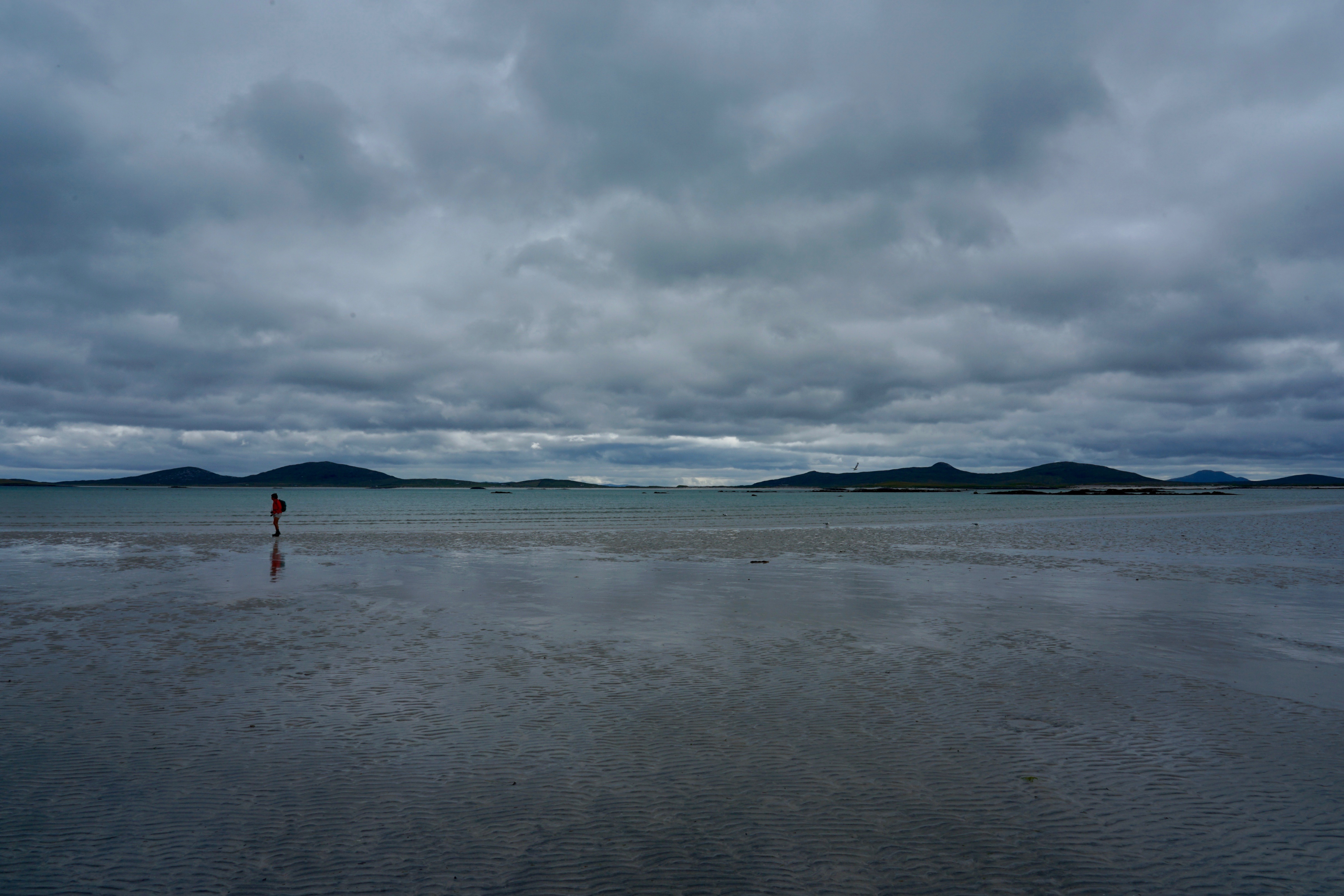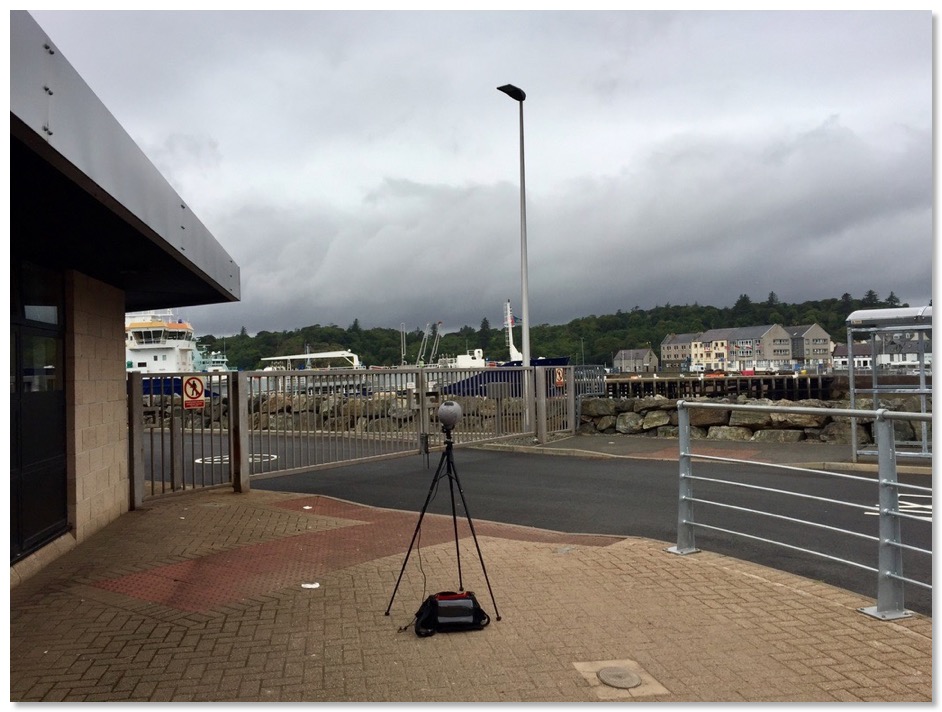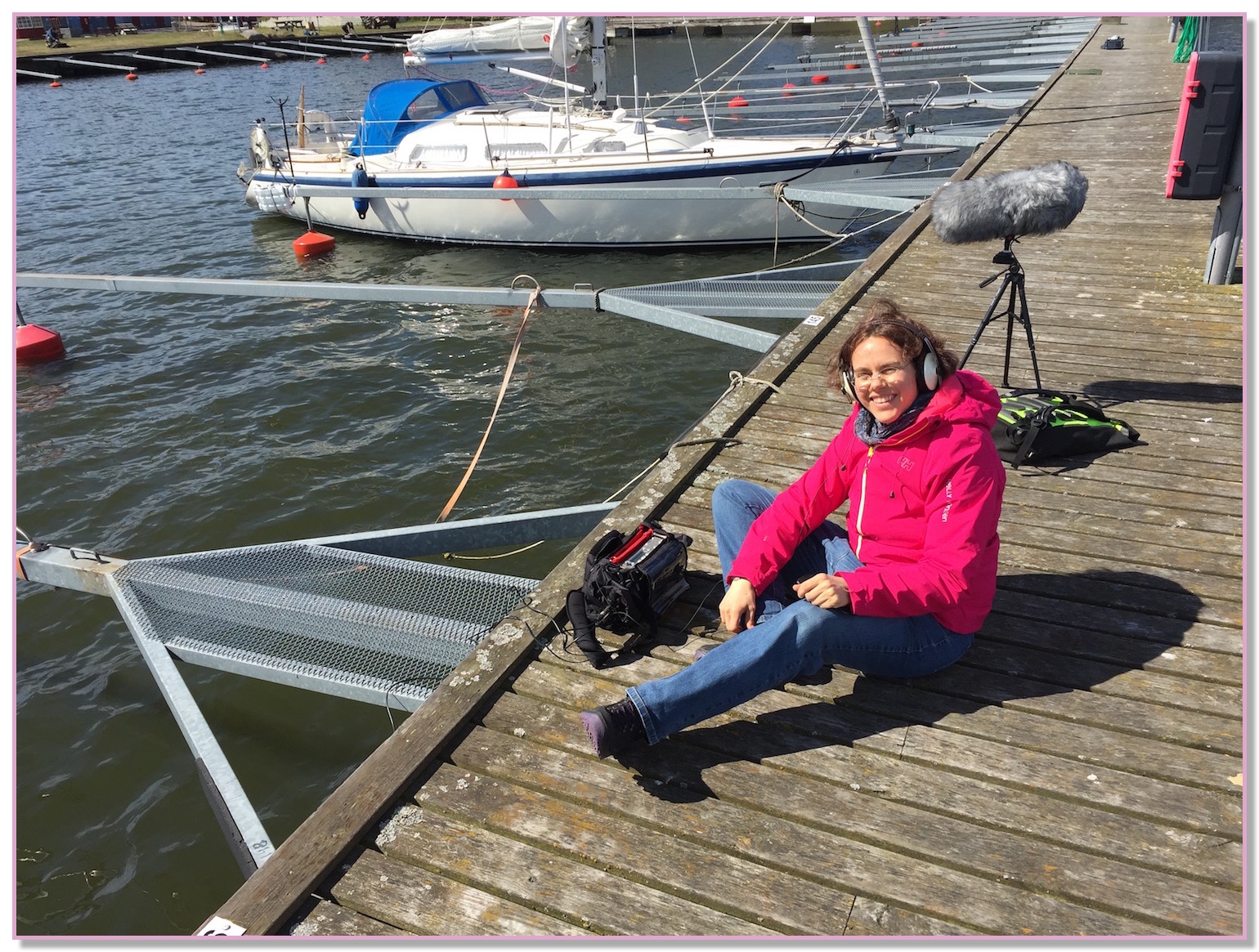Recording in the Hebrides
26/08/18 Filed in: Recording | Field recording
There are some things that I love about England!
Well the Hebrides are the western northern Scottish Isles and they are know for their stunning beauty! The white endless sand beaches and turquoise water, the gorgeous delicate machair¹ with such beautiful and diverse wild flowers, the gentle hills coloured by the heather and all the sheep running around freely everywhere. You are bound to get a few sheep sounds on your tracks! Yes there are still bits of paradise that are not yet destroyed by man.

Well the Hebrides are the western northern Scottish Isles and they are know for their stunning beauty! The white endless sand beaches and turquoise water, the gorgeous delicate machair¹ with such beautiful and diverse wild flowers, the gentle hills coloured by the heather and all the sheep running around freely everywhere. You are bound to get a few sheep sounds on your tracks! Yes there are still bits of paradise that are not yet destroyed by man.

Coming back to why I love Britain and why the little things in life make me smile. That taste of rough black brewed tea is unbeatable when you come from the continent. The perfect green mowed lawns that shows the care that goes into gardening or keeping up nice appearances especially on these windswept Isles. I love that you can engage in a conversation on a bus or in a queue. You don’t do that in Switzerland. People think you are bonkers. The local market is probably the only place where you can have a friendly conversation with a stranger.
I brought my 702 Sound devices recorder, a ms Sennheiser (MKH 50 & 30) setup with a brand new Cyclone Rycote. I have a pair of hydrophones and contact microphones made by Jez French Riley. These are nicely built, quite cheap and you get interesting results. With these mics you don’t have to be afraid to experiment with sound and damage your equipment.

Wind
This was a tough challenge! There is wind all the time and from every direction. Even when you thought it was a quiet day there is wind. The Hebrides are continuously windswept.
I have found that I don’t totally realise the consequence of a sound “problem” until I’m experiencing it. I recorded a few times in the Swiss Alps. There are water sounds everywhere because of so many rivers and streams. I got close or distant water sounds in all my tracks which is fine. You have to work these sounds to find a right balance with what you want to record and the all background sounds.
My Cyclone wasn’t enough. I hadn’t yet bought the extra dead kitten which was badly needed. So I bought a beautiful Harris tweed shall and wrapped that around my mics. I went out on a very wet and windy Sunday to try out some contact mics. All the railings, wires, gates, broken lamp posts were rattling furiously! I got much more wind in my tracks than shaking metal sounds! And I got cold and wet. I did not bring a coat with me - bad decision. When you are walking you feel warm and only need waterproofs. But standing in the wet and cold listening to sounds, you are going to need some extra layers of clothing.
I learn from my mistakes and try to improvise solutions. My recording techniques got better as the week went on.
That same Sunday after a difficult morning the sun came out late afternoon. The weather in the Hebrides changes rapidly and frequently. Be prepared at all times! I started to chat with an old lady very well dressed who was obviously going to the Sunday service and waiting to be picked up. Her neighbor drove up, we exchanged a few nice words she drove off but then suddenly stopped and reversed back and asked me if I wanted to attend the church service too. I said yes and got in the car. I recorded some beautiful Gaelic Psalm singing. I was very moved by the service, the preacher’s words and local people there. These turn of little events make me think that we need to be open to the environment as a whole: nature, people, weather… All these contribute to entering a place of deep listening and being able to capture what is there in the present moment. The difficulty is to let go of the mind continuously judging what is being recorded.
Globally I came back with some rich environment sounds. A few tern tracks flying over the beaches and the fresh water lochs. July is not really the season for bird tracks. Some super interesting underwater insect sounds. I had fun playing in an abandoned croft house - a percussion kit is on it’s way.
Employing guides
Lastly I did employ 2 different guides each for a whole private day. These guides are local people and mainly do walking and touring trips. It turned out to be a double edge. It is very nice to have someone that knows very well the environment. It’s also very nice to place my mics, step away, go for a short walk listening to other sounds but also getting some context stories about the people and the land. Context, stories and emotions enriches your perspective on sound all making it a much more fulfilling listening experience.
With the first guide my email communications didn’t get properly through. She did not understand that I didn’t want go for a walk but needed special thought on sound locations. I made sure that I personally talked to the second guide to explain my expectations before my second date. Overall it’s worth paying the extra money because you save time in getting information.
¹The machair is the small area and very fertile land around the coast. The sea spray deposits a thin layer of salt and shell sand dust which makes the land extremely rich and fertile. The crofters or farmers worked in particular that land.
blog comments powered by Disqus

